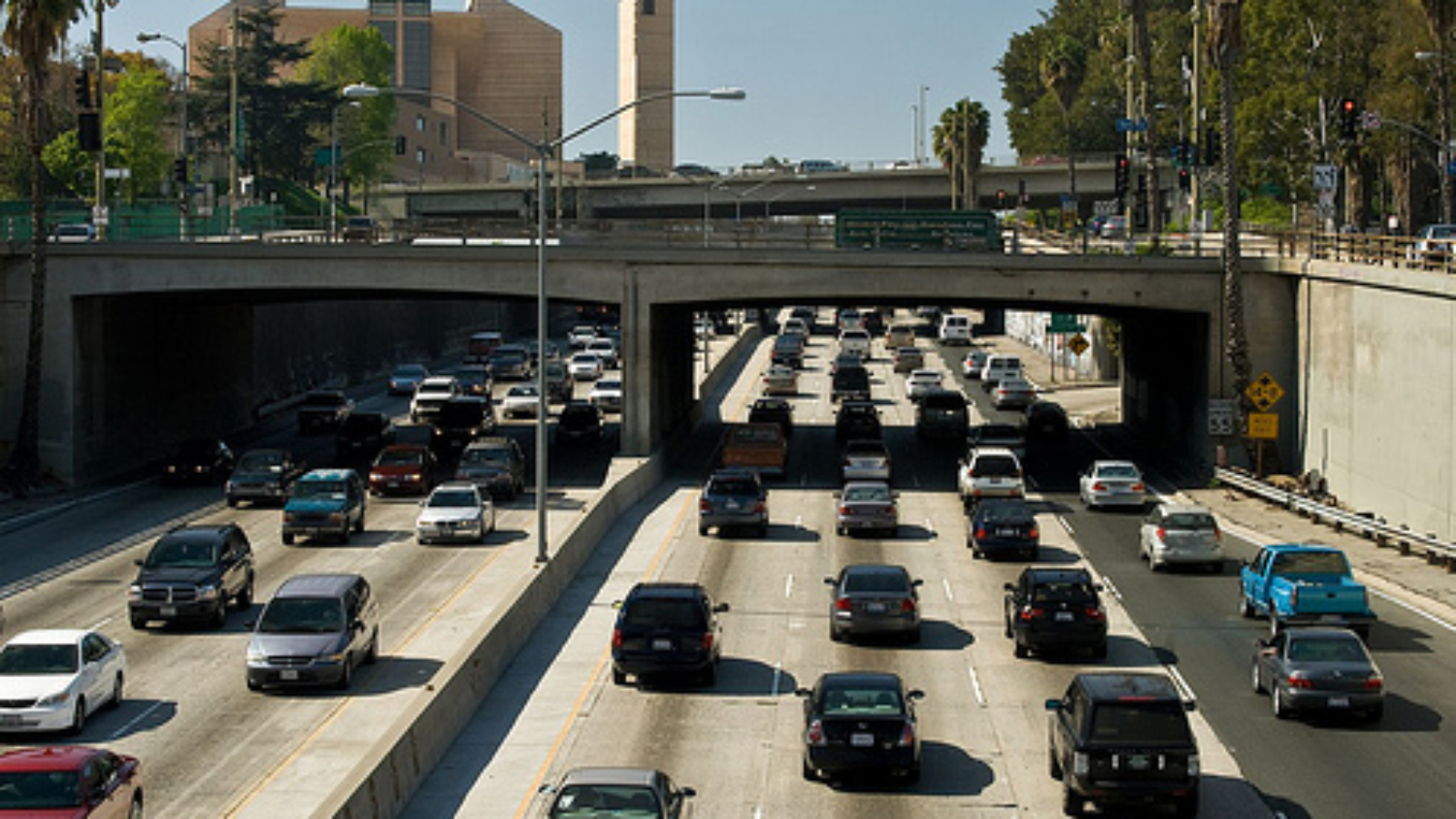[Editor's note: The theme of the Winter 2010-2011 issue of World Policy Journal is “Megalopolis: The City of the 21st Century.” We asked experts, policymakers, and writers from around the world to answer this question: “In the future, what will our cities look like?”]
by Tom Vanderbilt
We spent much of the twentieth century engaged in a campaign to retrofit our cities to the car. However much this may have seemed to make sense at the time, it now looks more like a misdirected effort to save the city by destroying it. As plentiful as the benefits of individual vehicular mobility may be, the large metropolis can nevercomfortably accommodate any more than a fraction of its citizens in this manner, and we have learned the consequences of trying to do so. Ever-lengthening commutes have meant degraded public spaces, negative health outcomes, social fragmentation, infrastructure whose maintenance goes underfunded.
In the city of the future, we need to pursue policies that allow for safe, efficient and affordable transport of the many, while recognizing that market-based approaches that so rationally apportion space in the private sector can and should be applied to the valuable urban space—in the form of roads and parking spaces—that cities essentially give away. We need to recognize that streets are public spaces too, and not merely, in the old view of 1930s utopian modernism, channels for moving as many vehicles as quickly as possible. The car will continue to exist, but should be treated as a “renter” of the city, not its landlord. The urban car of the future should be shared, smaller,and slower.
Tom Vanderbilt is the author of Traffic: Why We Drive the Way We Do (and What It Says About Us), Alfred A. Knopf, 2008.
Image via Flickr, user a.saliga
